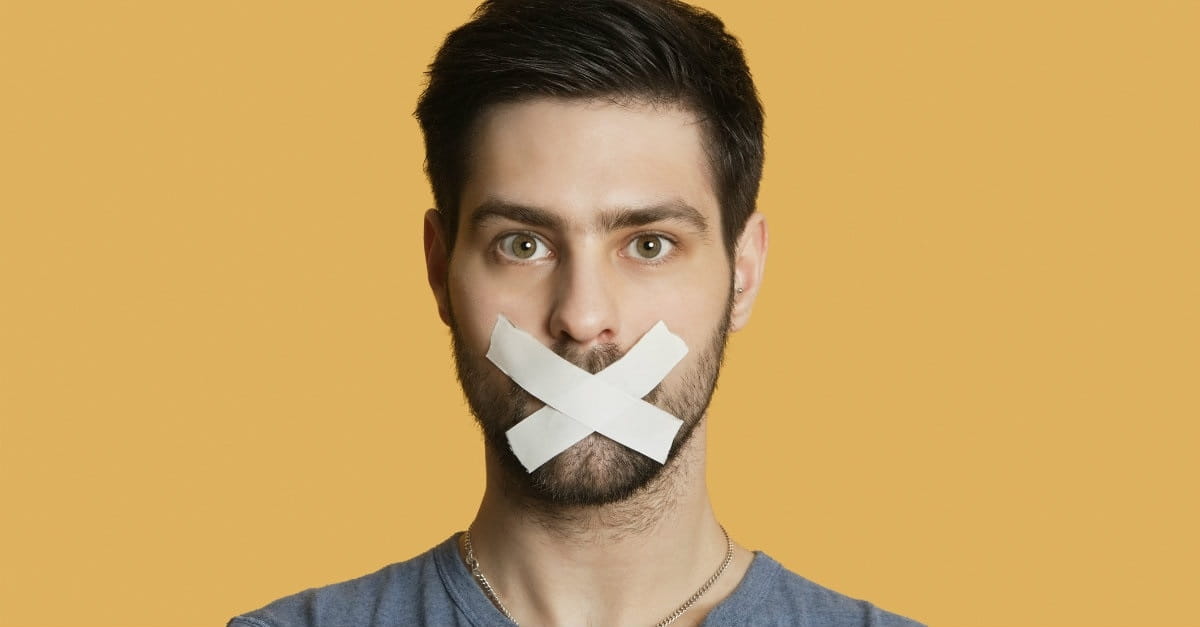Nasal Breathing: Why You Should Keep Your Mouth Shut
By Mandy Davidson on 6/28/2024

Nasal breathing significantly improves dental health. Breathing through the nose filters, warms, and humidifies air before it reaches the lungs. This process promotes proper tongue posture, which is crucial for facial development and dental alignment. Saliva plays a vital role in oral health. Dr. Ira Lamster, Dean Emeritus of Columbia University College of Dental Medicine, states:
Saliva is essential for maintaining oral health. It aids digestion, prevents infection, controls bacteria, and neutralizes acids that cause tooth decay.
Saliva contains;
- enzymes that break down food particles
- Minerals that remineralize tooth enamel
- Antibacterial compounds that fight harmful microorganisms
A study published in the Journal of Oral Rehabilitation found that individuals who breathe through their mouths have a significantly higher risk of dental erosion and decay. The researchers concluded:
Mouth breathing during sleep is associated with decreased salivary flow rate and increased plaque index, leading to a higher prevalence of dental caries and periodontal disease.
Mouth taping, a practice of gently taping the mouth shut during sleep, encourages nasal breathing.
A 2015 study in the journal Sleep and Breathing examined the effects of mouth taping on sleep quality and dental health. The researchers reported: “Participants who used mouth tape experienced a 50% reduction in snoring, improved sleep quality, and a significant decrease in morning dry mouth and bad breath.” Dr. Mark Burhenne, author of “The 8-Hour Sleep Paradox,” explains:
Mouth taping is a simple yet effective way to promote nasal breathing during sleep. It helps maintain proper oral pH, reduces the risk of tooth decay, and improves overall oral health.
How to Mouth Tape
Mouth taping is a simple technique to encourage nasal breathing during sleep. Here’s a step-by-step guide on how to do it safely:
- Choose the right tape:
Use porous, skin-safe tape designed for human skin. Options include:
- 3M medical grade tape
- Kinesiology tape
- Hypoallergenic surgical tape
- Specialized mouth taping products
- Prepare your skin:
- Ensure your lips and surrounding skin are clean and dry.
- If you use skincare products, allow them to absorb fully before applying tape.
- Apply petroleum jelly (optional):
To minimize skin irritation, you can apply a thin layer of petroleum jelly or oil to your lips before taping. - Cut the tape:
If using a roll of tape, cut a piece about 1 inch wide and long enough to cover your mouth horizontally. - Position the tape:
Place the tape horizontally across your lips, ensuring a secure but not overly tight seal. - Test during the day:
Before using mouth tape at night, test it during the day to check for any skin reactions and to get comfortable with the sensation.
Important Precautions:
- Do not use mouth tape if you have nasal congestion, sleep apnea, or any breathing difficulties.
- If you experience any discomfort or difficulty breathing, remove the tape immediately.
- Some specialized mouth tapes have a small slit in the middle, allowing you to drink water through a straw if needed.
Adapting to Mouth Taping:
It may take a few weeks to get used to mouth taping. Don’t be discouraged if you find the tape has come off during the night for the first few days. Consistency is key in developing this new habit.
Remember, while mouth taping has gained popularity, scientific evidence supporting its benefits is limited. Ask Dr. Lok about before starting any new sleep-related practice, especially if you have underlying health conditions.
For more dental health tips, check out our articles on preventive care and proper dental hygiene.
References:
- Lamster, I. B., & Northridge, M. E. (Eds.). (2008). Improving oral health for the elderly: An interdisciplinary approach. Springer Science & Business Media.
- Choi, J. E., Waddell, J. N., Lyons, K. M., & Kieser, J. A. (2016). Intraoral pH and temperature during sleep with and without mouth breathing. Journal of Oral Rehabilitation, 43(5), 356-363.
- Huang, Y. S., Guilleminault, C., Hwang, F. M., Cheng, C., Lin, C. H., Li, H. Y., & Lee, L. A. (2015). Inflammatory cytokines in pediatric obstructive sleep apnea. Medicine, 94(41).
- Burhenne, M. (2015). The 8-Hour Sleep Paradox: How We Are Sleeping Our Way to Fatigue, Disease and Unhappiness. Balboa Press.
Book your next check-up today - your future self will thank you for prioritizing oral health.